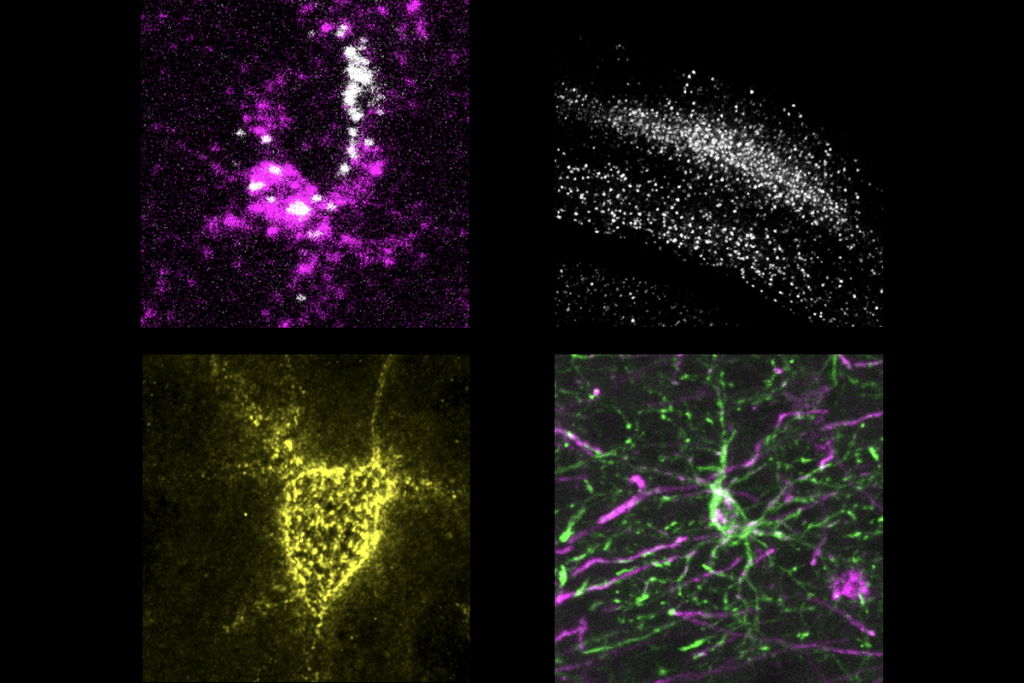How to make sure autism isn’t lost in translation
With the help of Korean mothers, doctors and teachers, researchers have created a culturally appropriate translation of an information kit on autism.
We all chuckle a little bit now and then at poorly translated road signs or the infelicities of Google Translate. But when it comes to communicating about health, accuracy in translation is a serious matter. In autism’s case, choosing the wrong words could mean a child goes undiagnosed and doesn’t get the help he or she needs.
In the past several years, researchers have begun to translate and adapt autism educational materials and diagnostic tools for use around the world. But the details of this process are rarely published, so no one can tell whether a translation was done in a way that is likely to capture key cultural differences.
A study published 11 March in the Journal of Autism and Developmental Disorders outlines how ethnographic methods can help translations of autism-related materials truly reach their intended audience. The researchers enlisted the help of Korean mothers, doctors and teachers to create a culturally appropriate translation of the 100 Day Kit — a set of educational materials for families of recently diagnosed children, developed by the research and advocacy organization Autism Speaks.
The researchers began by interviewing 19 Korean psychologists, pediatricians, teachers and social workers in Queens, New York, to understand how concerns about autism arise in Korean families and what these families need to know about the disorder.
To learn how to accurately communicate about autism in Korean, the researchers turned to Korean mothers living in the U.S. They asked 23 of these mothers — 5 of whom have children with autism — to think of terms related to three concepts: autism, causes of autism and developmental problems in general. The women then ranked the terms in the resulting lists by importance and clustered those with similar meanings into groups.
This exercise revealed that Koreans frequently use terms that mean “in own world” and “isolated” to describe the social deficits associated with autism. But a Korean term that translates to “out of touch” refers specifically to someone who disrespects his elders or otherwise violates social norms. If the researchers had used the term for “out of touch,” which could describe autism in English, they would have inaccurately portrayed autism for Korean families.
The researchers also adapted their translation to address beliefs that pervade Korean culture. For example, the mothers tend to think of “poor parenting” or a “lack of love” as important causes of autism. So in the Korean translation, the researchers explained that this view has been scientifically discredited.
Many Koreans hold another erroneous belief: that autism reflects a family’s disadvantageous genetic background. (It may also stem from spontaneous, or de novo, mutations.) As a result, the researchers made a point of distinguishing between genetics and heredity in the kit. The scientists also explicitly countered another prevalent myth, that ‘tae kyo’ — that is, a pregnant woman’s prenatal practices and environment — plays a role in autism.
Though not highly technical, the methods used in this study enable researchers to make critical cultural inferences into how Koreans conceptualize autism. The resulting educational materials contain content that, while scientifically accurate, you wouldn’t expect from looking at the English version.
Recommended reading
Explore more from The Transmitter




